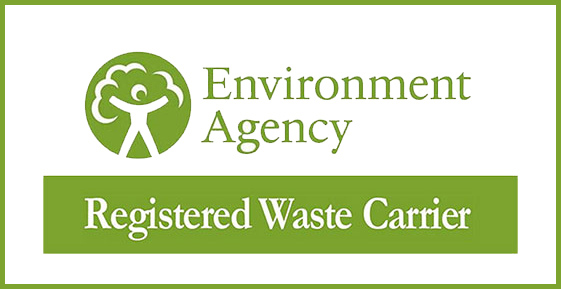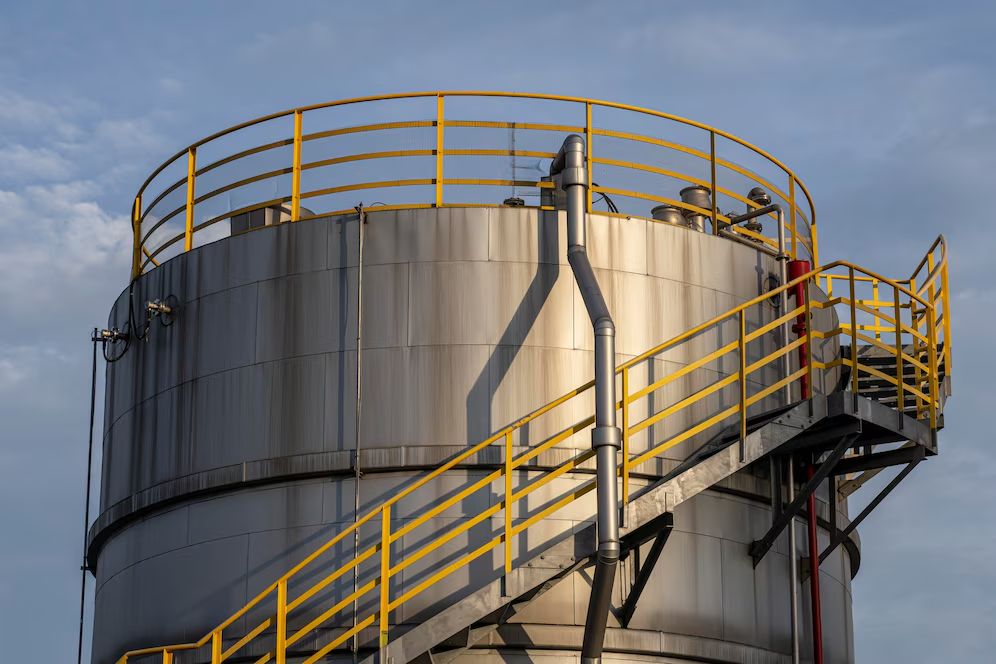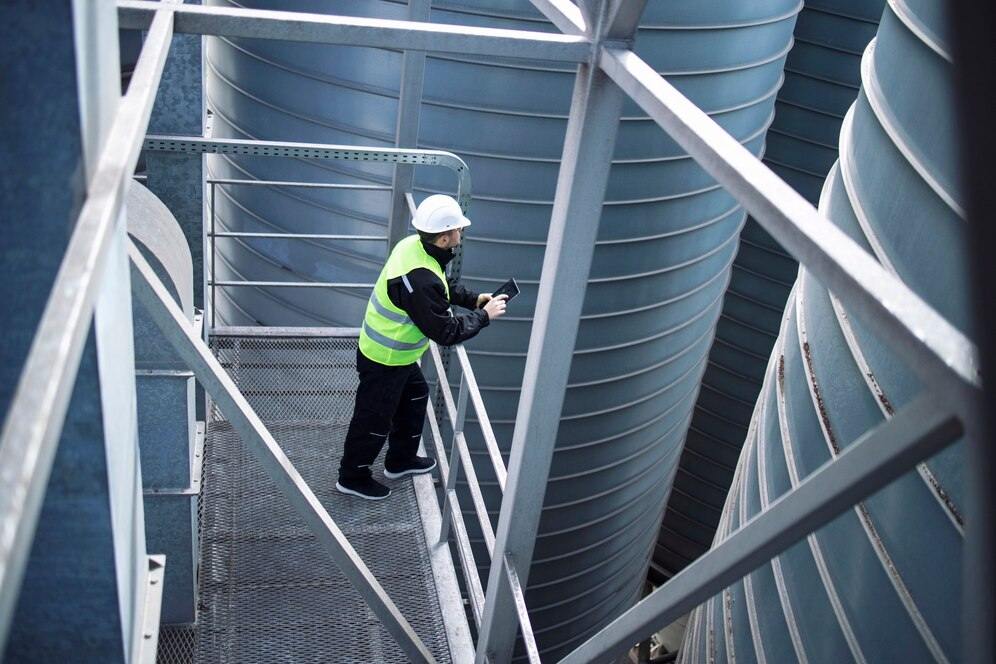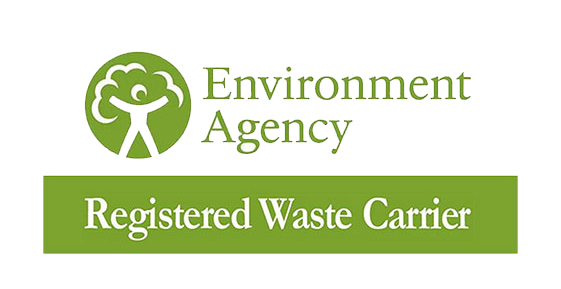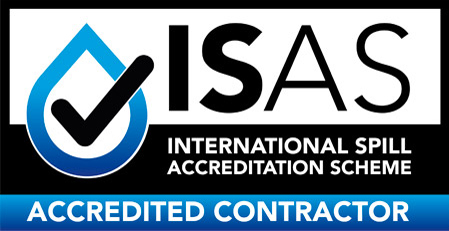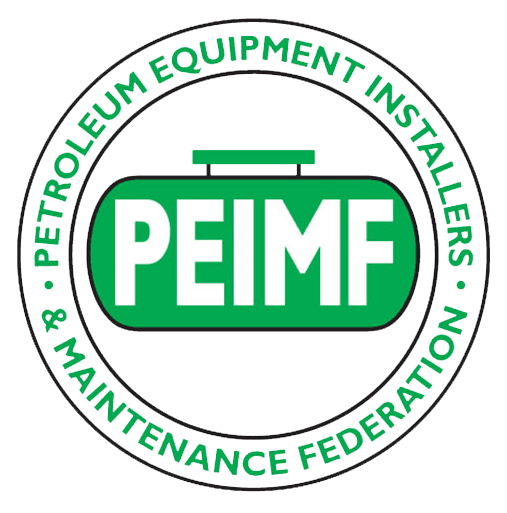Replacing oil tank can be a technical ordeal especially when you have to figure out the best place to install it whether it’s a new or an old one. The key thing is to place the oil tank in a way that it doesn’t come in sight and destroy the aesthetics of that location. Similarly, you also need to consider other multiple factors while placing your domestic oil tank which we’ll share in this post so you can consider them before installation. Let’s begin…
Why A Good Location for Your Domestic Oil Tank?
You need to figure out the best place in your property to place your domestic oil tank as it:
- Ensures you abide by the government guidelines
- Provides tank longevity
- Helps prevent damage
- Helps prevent spills
Factors to Consider While Placing Oil Tanks
You need to consider the following guidelines while placing your domestic oil tanks:
Domestic Oil Tank Regulations
First and foremost, you need to consider the oil tank location regulations, given by the Trade organisation OFTEC to legalise it. These regulations apply to domestic liquid fuel storage up to 3,500 litres and include the following:
- 8m away from non-fire rated building attics.
- 8m away from a non-fire rated structure such as garden sheds, or building.
- 8m away from openings (such as windows or doors) of a fire rated building or structure; for instance, house or garage constructed through brick.
- 8m away from liquid fuel appliance shaft terminals.
- 760mm away from a non-fire rated boundary; for example, a wooden boundary fences.
- 600mm away from screening; for instance, fence and vegetation that is not part the boundary part.
Weather Conditions
The second factor to consider is the weather conditions in your surroundings such as severe heat, heavy rain rainfall, or snow as it can significantly affect your oil tanks. For instance, placing your oil tank away from sewers or places where rainwater could collect can prevent problems such as water pollution. Otherwise, this water contamination can depreciate the oil quality and functionality of appliances linked to the tank. On the contrary, drier zones can also extend your tank’s life by preventing natural happenings such as rusting.
So considering weather factor, you should try placing your oil tank in a sheltered space during summers to prevent potential condensation forming in your tank and polluting the oil. However, you can’t place the tank directly under trees or under hedging for shelter as it can pose damage from dirt and rubble.
Maintenance
Another factor to consider is the maintenance convenience as you need to schedule annual inspections following the regulations. Thus, considering this aspect, you need to install your oil tank in a place that is easily reachable for the technician because he needs to access all areas of the tank for thorough assessment including entry points and pipelines.
You also need accessibility to all these areas for daily maintenance that includes cleaning debris and identifying splits, bulges, and cracks, and spills outside on the tank’s base.
Delivery Access
You oil tank require multiple oil deliveries annually depending on the number of rooms in your house, its age and number of residents as well as tank’s capacity and your personal preferences. Thus, you need to consider the 3 major factors while installing your oil tank:
- Is there enough space for delivery truck to reach your property?
- Do you need to be available for the engineers to access your oil tank?
- Is there any reachable space for technicians to feed the pipe from their truck to your tank?
The Four Basic Spots for Oil Tank Installation
You can place your oil tank indoor, outdoor, above ground, or underground spaces which depends on their individual advantages and disadvantages, your tank’s type and size, and your own requirements. Let’s look at the individual pros and cons of each
Indoor Oil Tanks
Storing your tanks indoors means protecting them from snowfall and extreme temperatures, as major temperature swings can cause problems such as condensation on the tank’s interior potentially leading to corrosion. Another benefit is ensuring safety from theft and vandalism.
The disadvantage of placing tank indoors is that you need sufficient space to store it safely. You also need to fix the tank to a support base with a drip tray to secure your home from possible leakages. A professionally installed oil tank keeps you stress-free about potential spills or smells inside your home.
Outdoor Oil Tanks
Outdoor tanks are considered safer than indoor tanks as they remain at a distance from your home and family members, providing added safety. You can also easily access the tank in case you need a repair or an upgrade.
If you place the tank in a concealed spot then it wouldn’t also not negatively affect the aesthetics of your garden. However, their huge cons are that they are more prone to rusting being exposed to the external elements, reducing their life. Moreover, they can also get leaked which can cost you a lot to clean up.
Above-Ground Oil Tanks
Above-ground oil tanks are placed outside of the home on a hard concrete pad or other secure surfaces. Technicians can easily repair and inspect by accessing all areas of the tank. Moreover, external spots are best for installing tanks and that’s why people consider them the ideal place for installation.
The cons of above-ground location is that weather can damage the tank and affect its performance. However, installing there can also fill up a lot of space on your property which may compel you to go for indoor or underground location instead of this one.
Underground Oil Tanks
After carefully analysing the cons of installing your oil tank above-ground, indoor, or outdoor, then consider installing it underground. Here your oil tank will be protected from severe weather conditions, out of sight, and easy to access (depends).
However, installing oil tanks underground also have its disadvantages. For instance, the installation costs are far higher due to the work and time required in placing it. Moreover, it is also difficult to maintain the tank as you might find it hard accessing all of its parts and pipework (in case the area is restricted).
Reserve Oil Tank Installation Services Today!
Hope you find our guide helpful to decide where to place your domestic oil tank. If you want to install an oil tank in your property then contact Network Environmental UK. We’re a registered company with several certifications and 150+ projects completed that authenticate our standing in the industry. You can call us at 0121 308 6938 / 0154 332 4016 or email at [email protected] to acquire our tank installation, inspection, cleaning, and decommissioning services.
